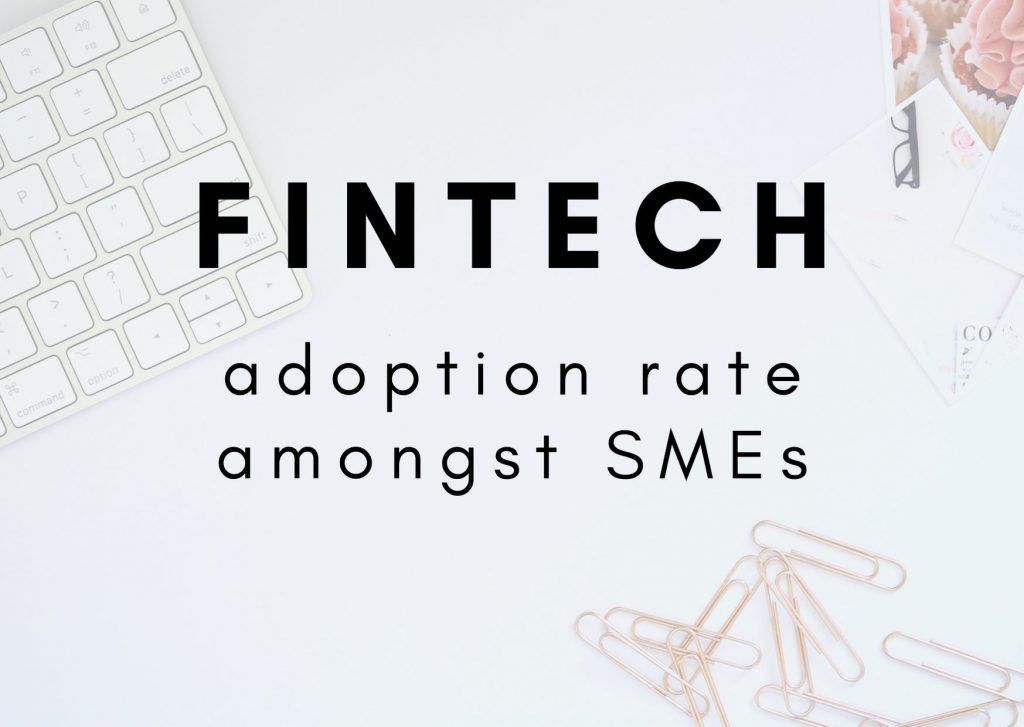
Fintech Adoption Rate Amongst SMEs
Ernst & Young (EY) has been conducting a Global Fintech adoption study every two years since 2015. Based on the latest 2019 study, global fintech adoption rate has grown to 64% with 96% aware of at least one Fintech service. So, what can we next expect for Fintechs and its adoption in the Singapore and Asia markets?
China has taken the leading role in Fintech progression. Based on the 2019 study, 87% of Chinese consumers have adopted a Fintech solution, followed by Hong Kong, Singapore, and South Korea at 67% adoption rate. We expect the Fintech adoption rate to arrive at an even higher percentage in the next survey.
The influence of SMEs
SMEs have been playing a large role in terms of shaping the services that Fintechs offer. We have already seen the Fintech adoption rate grow from 25% to 64% in a relatively short space of time. Fintech services that SMEs are tapping into most are: banking and payments, financial management, financing and insurance.
The top reasons of SMEs choose Fintechs over traditional players are:

Range of functionalities and features offered by Fintechs
A commonality across fintech players is that these companies offer services to customers via a technology platform with arguably minimal regulatory requirements. Therefore, Fintechs are in a better position to offer customers a wider range of functionalities as well as release new features and services at a much faster pace than the traditional players could.
Availability of services
As Fintechs offer their products via a technology platform, they are able to increase the availability of their services; up to 24/7. This has allowed Fintechs to attract more SME customers due to the added convenience.
Simple onboarding, configuration and using of service
Traditional players are well known for their complicated, administratively-intensive, and long set up process. Once the service is set up, it is also difficult to utilise the service as you are reliant on their manual processes.
Let us take a look at Invoice Financing as an example – traditional players could take up to 6 weeks to onboard a new client and 2 weeks for each financing draw down request. With a Fintech player like InvoiceInterchange, onboarding could be completed a day and subsequently funds in your account in hours.
Rates and Fees
Surprisingly, rates and fees did not make the top 3 reasons why SMEs choose to adopt a Fintech solution. SMEs are willing to pay more for a service that better suits their needs (e.g. more features, functionalities, convenience and speed), simple to use and available anytime of the day.
Related Articles
7 Myths About Invoice Finance, Busted!
Related Articles

Maximise Your Cash Flow with Invoice Funding: A Smart Solution

The Ultimate Guide to Receivables Financing: Boosting Your Business Cash Flow
